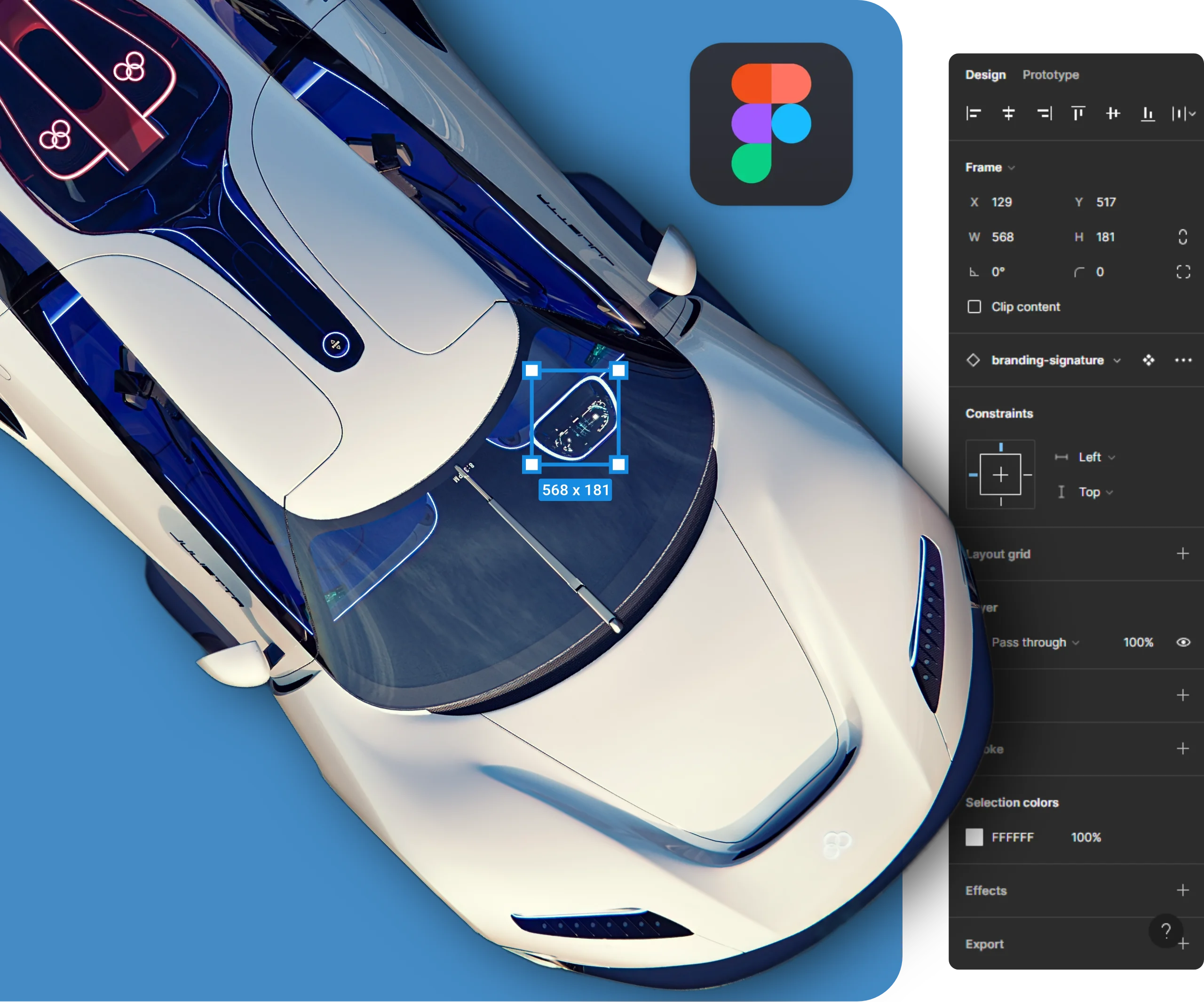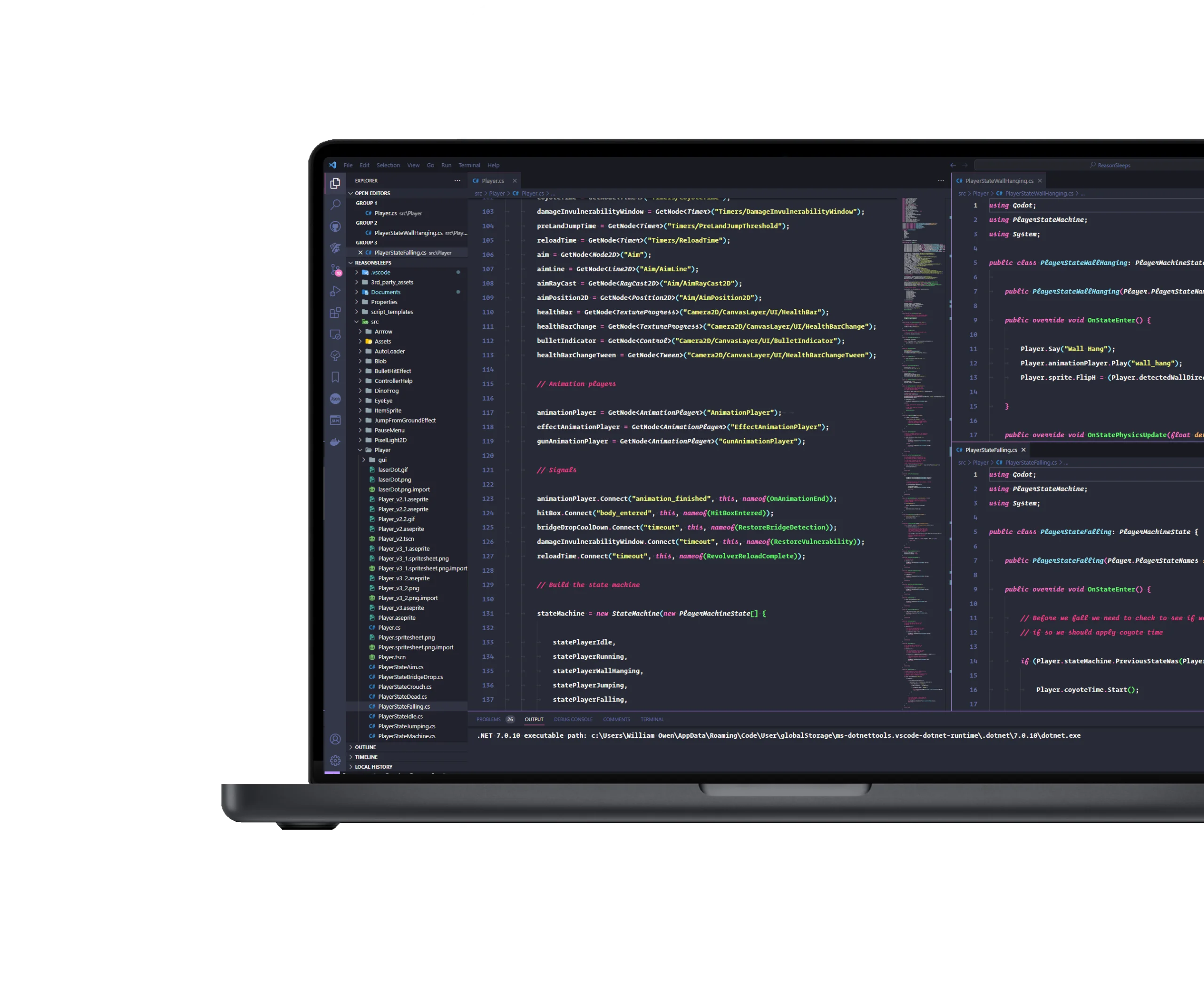Creative UI/UX design engineering,development and consultancy
I have designed and built websites and interactive experiences for over 25 years. I love the interplay of artistic expression, elegant design and innovative technology.
"William is an exceptional tech lead, developer and designer. It's fairly rare to come across an individual with the range of skills that Will has and was able to bring to bare on delivering this project."Ash Patel, Programme Manager, Johnson Matthey

Design
As a designer I love using modern design tools like Figma to create beautiful visual designs and creatives; whilst collaborating with team members and stakeholders in real-time. I am a big fan of Don Norman's work in "The Design of Everyday Things"
Find out more about my design work
Developer
I love building fantastic high performance, data driven applications with a modern web stack such as TypeScript, React and Next.js, as well as tools such GraphQL, Axios, Tanstack Query, zod, zustand.
Find out more about my development work
